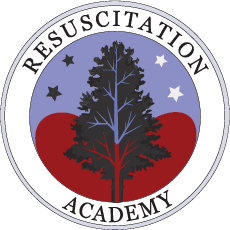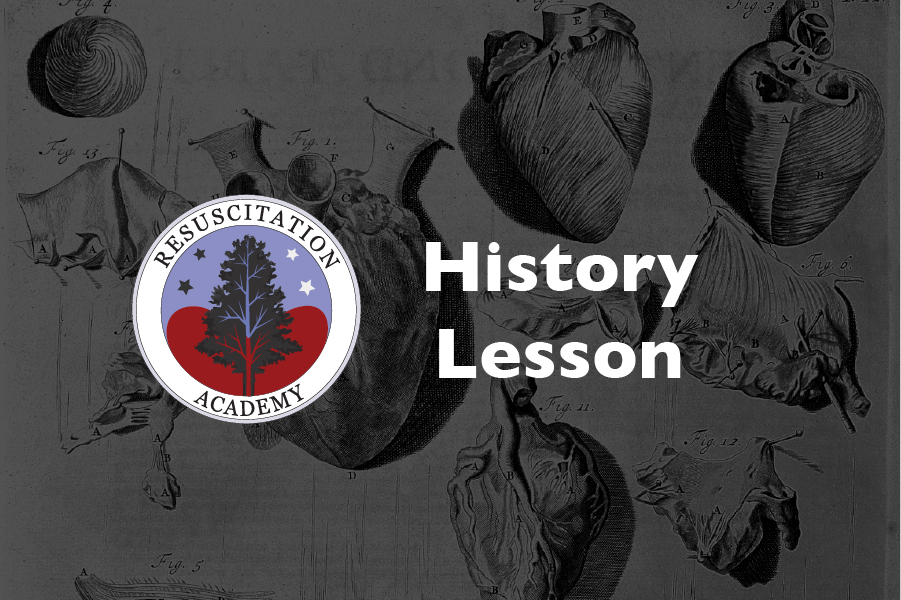Could two simple questions really hold the key to improving cardiac survival rates in 2017?
2016 saw important developments in resuscitation science and practice — among them the establishment of a Global Resuscitation Alliance, the adoption of a shared set of international treatment guidelines for sudden cardiac arrest, and detailed examinations of the ongoing science regarding telephone CPR (TCPR).
In coming posts, this blog will examine many of these developments in detail. Today, we begin with TCPR, in anticipation of the American Heart Association’s imminent release of recommendations for formal TCPR performance standards based on its survey of several hundred resuscitation providers.
No, no…then go
Bystander CPR is a straightforward and potent intervention that can more than double the chance of survival, but is provided in only 40% of cases nationwide.[1] There is strong scientific evidence endorsed by clinical guidelines that highlight the effectiveness of two questions in identifying many arrests within one minute:
Is the patient conscious?
Is the patient breathing normally?
If the answer to both questions is no, then the bystander should immediately begin CPR.
TCPR instruction can double the rate of bystander CPR.[2] But telecommunicators frequently encounter barriers that obstruct the TCPR process. A study of audio recordings of EMS-confirmed out-of-hospital cardiac arrest incidents identified TCPR barriers ranging from language and physical limitations to emotional distress.[3] The research found the barriers were distributed differently across public and residential locations, suggesting that better understanding of these barriers can inform telecommunicator protocols, training and alternative strategies and enhance success.
In a recent Resuscitation editorial, Resuscitation Academy board member Thomas D. Rea, MD, MPH, observed that the results of the above-referenced study “add to our understanding about this essential CPR strategy; and perhaps more importantly provide the opportunity to reflect on the larger context of TCPR and its role to achieve CPR anywhere, anytime, for anyone in need.”
What happens when a community effectively implements TCPR?
The Arizona Department of Health partnered with emergency communication centers and emergency medical services agencies to undertake a programmatic effort to train and emphasize TCPR.
The result: A 10% absolute increase in bystander CPR and a 3% absolute (33% relative) increase in survival to hospital discharge, with the clear majority of survivors having a good functional outcome.
Says Dr. Rea, “From a community health perspective, such a program seems like a smart, cost-efficient investment.” So, why isn’t TCPR more widely utilized as a powerful strategy to improve public health?
First, awareness — Many communication centers are simply not aware of the strong
public health rationale to invest in TCPR.
Second, leadership — Effective implementation of a TCPR program requires credible and committed leadership that will invest resources and be accountable for deliverables.
Finally, measurement — Improved outcomes are driven by ongoing training and commitment to continuous quality improvement.
The American Heart Association’s TCPR program recommendations and suggested performance metrics make significant strides in addressing these hurdles. We look forward to supporting the effort to raise TCPR’s profile as an effective tool for improving cardiac survival rates worldwide.
SOURCES
[1] Sasson C, Rogers MA, Dahl J, et al. Predictors of survival from out-of-hospital cardiac arrest: A systematic review and meta-analysis. Circ Cardiovasc Qual Outcomes. 2010;3(1):63–81.
[2] Rea TD, Eisenberg MS, Becker LJ, et al. Temporal trends in sudden cardiac arrest: a25-year emergency medical services perspective. Circulation 2003;107:2780–5.
[3] Resuscitation. 2016 Dec;109:116-120. doi: 10.1016/j.resuscitation.2016.07.241. Epub 2016 Aug 10.
The Resuscitation Academy











There are opportunities to significantly increase survival from out of hospital cardiac arrest. Implementation of existing standards and training programs for telephone CPR and high-performance CPR will do much to improve survival.